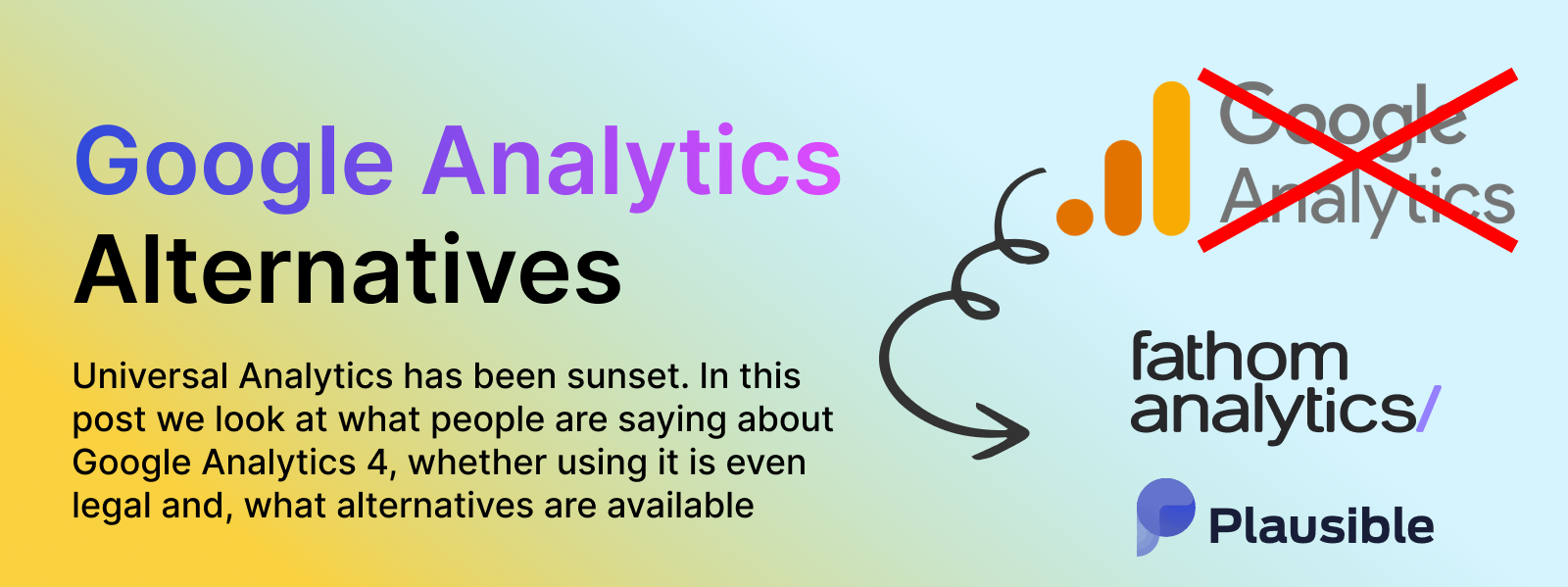Defining customer engagement is more nuanced than simply tallying website visits or clicks. It's about fostering a genuine connection and interaction between your brand and your customers. This is similar to building a personal relationship; it requires understanding, consistent effort, and the ability to offer something valuable. As a result, customer engagement includes every touchpoint a customer has with your business, from their first encounter to well after they've purchased something. These interactions can happen anywhere, from your website and social media platforms to email marketing and even face-to-face conversations.
Understanding the Scope of Engagement
Customer engagement isn't just about attracting customers; it's about nurturing their genuine interest and encouraging their active participation. For instance, a customer passively browsing your website isn't necessarily engaged. However, a customer who comments on your social media posts, contributes to online discussions about your brand, and offers product feedback shows a much higher level of engagement. This active participation signals a strong customer-brand relationship, which, in turn, cultivates loyalty and encourages repeat business. Moreover, engaged customers often become enthusiastic brand ambassadors, sharing positive word-of-mouth referrals and contributing to organic growth. This brings us to why a clear definition of customer engagement is so important.
The Importance of Defining Customer Engagement Clearly
A well-defined understanding of customer engagement is crucial for any business wanting to strengthen customer relationships and promote growth. Knowing what "engagement" actually means allows businesses to set specific goals and create effective strategies. This means pinpointing the actions and behaviors that indicate genuine engagement, rather than just passive interaction. A customer who subscribes to your newsletter and consistently opens your emails is more engaged than someone who simply likes your Facebook page, for example. By prioritizing meaningful interactions, businesses can focus their efforts on developing a loyal customer base. But how does customer engagement differ from customer satisfaction?
Customer Engagement vs. Customer Satisfaction
Although connected, customer engagement and customer satisfaction are distinct concepts. Customer satisfaction measures how well a product or service fulfills a customer’s expectations. Customer engagement, on the other hand, reflects the ongoing relationship and emotional connection a customer has with a brand. This means a customer might be satisfied with a single purchase without being truly engaged with the brand. Think of a customer buying a coffee: they might be happy with the coffee but have no other interaction with the cafe. In contrast, a regular customer who participates in the cafe's loyalty program and follows them on social media demonstrates a high level of engagement. Platforms like PureClarity provide tools to enhance customer engagement through personalized recommendations and targeted content. This personalized approach is critical for moving beyond mere satisfaction to genuine, lasting engagement. Now, let's explore the key components of customer engagement.
Key Elements of Customer Engagement

Now that we've clarified what customer engagement is and how it differs from customer satisfaction, we can explore the core elements that promote meaningful interactions and strong customer-brand relationships. These elements combine to create a complete approach to engagement, nurturing loyalty and encouraging active participation from your customer base. This is essential for sustained business growth and developing a thriving community around your brand.
Emotional Connection
The foundation of customer engagement is the emotional connection a customer feels with your brand. This connection goes beyond individual transactions and taps into shared values, brand identity, and the overall customer experience. As an example, a customer who aligns with your brand's commitment to ethical sourcing or appreciates your focus on customer service is more likely to engage deeply with your brand and become a loyal advocate. This emotional resonance is a strong driver of repeat business and positive recommendations. It forms the basis of a lasting relationship between the customer and the brand.
Meaningful Interactions
Building upon this emotional connection, meaningful interactions are the tangible ways customers engage with your brand. These can range from commenting on social media posts and offering product feedback to joining online forums and attending brand events. However, these interactions should be authentic and valuable to the customer. Simply overwhelming customers with generic marketing messages won't lead to true engagement. Instead, focus on crafting personalized experiences tailored to individual customer needs and interests. This approach shows customers you value their individual connection with your brand, building loyalty and a stronger sense of community.
Two-Way Communication
Effective customer engagement requires open communication in both directions. While sharing your brand message is important, actively listening to your customers and responding to their feedback is equally crucial. This creates transparency and trust, ensuring customers feel heard and valued. For example, responding to comments and questions on social media, conducting customer surveys, and integrating customer feedback into product development shows a commitment to customer-centricity. This two-way communication strengthens the bond between customer and brand, turning passive consumers into active participants. This active participation is a key characteristic of customer engagement in today's business world.
Value Creation
Ultimately, customer engagement depends on the value you deliver. This value can take many forms, from offering quality products and excellent customer service to providing informative content and exclusive experiences. It means exceeding customer expectations, not just meeting them. Creating a loyalty program with exclusive rewards, providing personalized product suggestions, or hosting engaging online events can all enhance the perceived value. This added value strengthens the emotional connection and encourages continued interaction, solidifying the customer-brand relationship and fostering long-term loyalty. By continuously providing value, you nurture a community of engaged customers who support your brand and actively contribute to its growth and success. This transforms the definition of customer engagement from a simple concept to a vital strategy for business sustainability and differentiation. Now, let's look at how to measure this engagement.
Measuring Customer Engagement

Defining customer engagement is essential, but measuring it is how we truly understand its impact. How do we quantify something as intangible as a customer's connection with our brand? Fortunately, there are metrics and methods to help us gauge the effectiveness of our engagement strategies. These measurements provide valuable data on what's working, what isn't, and where adjustments are necessary to maximize customer interaction. This knowledge is crucial for informed decision-making and optimizing your approach to customer engagement.
Key Metrics for Measuring Engagement
Much like a gardener checks the health of their plants, businesses need to track key metrics to assess the effectiveness of their customer engagement strategies. Several indicators give a quantifiable picture of customer activity and interaction. This data allows for measuring the success of your efforts and highlighting areas that need attention.
- Conversion Rate: This tracks the percentage of visitors who complete a desired action, like making a purchase or signing up for a newsletter. A growing conversion rate suggests that your engagement strategies are successfully guiding customers towards desired actions.
- Website Traffic and Bounce Rate: Monitoring website traffic gives you insight into visitor numbers, while the bounce rate shows how quickly they leave. A high bounce rate might suggest your content isn't resonating, signaling a need for changes.
- Social Media Engagement: Metrics such as likes, shares, comments, and retweets on social media platforms reveal how actively your audience is interacting with your brand. This offers valuable feedback on your social media strategy.
- Customer Lifetime Value (CLTV): CLTV represents the total revenue expected from a single customer throughout their relationship with your business. Higher CLTV generally indicates stronger customer engagement.
- Net Promoter Score (NPS): NPS measures customer loyalty by asking how likely they are to recommend your brand. A high NPS points to strong customer relationships and positive word-of-mouth potential.
Utilizing Analytics Tools
Measuring customer engagement effectively requires the right tools. Like a carpenter needs precise tools, businesses need effective analytics platforms to gather and interpret data. These provide valuable insights into customer behavior, enabling you to refine your engagement strategies. This information is vital for tailoring your approach to maximize customer interaction and cultivate stronger relationships.
The Importance of Ongoing Monitoring
Measuring customer engagement is not a one-time activity, but rather a continuous process. Regularly reviewing your metrics and adapting your strategies based on the data is crucial. This constant monitoring ensures your efforts remain effective and aligned with changing customer preferences. Like a ship captain adjusting course according to changing conditions, businesses must adapt their engagement strategies based on data insights. This continuous improvement is vital for fostering strong customer relationships and driving sustainable growth. By understanding and actively measuring customer engagement, businesses can cultivate a loyal customer base and achieve long-term success. Let's now explore the benefits of cultivating strong customer engagement.
Benefits of Strong Customer Engagement
Building strong customer engagement is like cultivating a garden: nurturing it with the right conditions leads to flourishing results. Similarly, nurturing customer relationships yields significant benefits for your business. This means concentrating on building genuine connections and encouraging continuous interaction instead of chasing one-time transactions. These efforts pay off through increased customer loyalty, positive word-of-mouth marketing, and, ultimately, sustained business growth.
Enhanced Customer Loyalty and Retention
Engaged customers are much more likely to become repeat customers. A customer who regularly interacts with your brand on social media, provides feedback, and participates in loyalty programs demonstrates a strong affinity. This affinity leads to increased repeat purchases and reduced customer churn. Moreover, these engaged customers often become brand advocates, spreading positive word-of-mouth and expanding your brand's reach organically.
Increased Customer Lifetime Value
This consistent interaction and loyalty directly impacts customer lifetime value (CLTV). The more engaged a customer is, the more they tend to spend over time. This translates to long-term, profitable relationships. By nurturing these connections, you create a sustainable revenue stream driven by loyal customers who appreciate your brand. Tools like PureClarity can personalize the customer experience, boosting both engagement and CLTV.
Improved Brand Reputation and Advocacy
Strong customer engagement cultivates a positive brand reputation. Engaged customers are more likely to share positive experiences and recommend your brand. This organic word-of-mouth marketing is invaluable because it builds trust and credibility with your target audience. Furthermore, engaged customers provide crucial feedback, leading to product and service improvements and a stronger brand image. This cycle of positive reinforcement creates a loyal customer base actively involved in your brand's growth and success. By consistently engaging with your customers and providing value, you build a community that supports and fuels your brand's development. Now, let's look at the tools that help us build this engagement.
Digital Tools for Customer Engagement

Cultivating meaningful customer engagement needs more than just a well-defined strategy; it requires the proper tools. Just as a chef needs a well-equipped kitchen, businesses need effective digital platforms to connect with their customers and foster enduring relationships. These tools facilitate communication, personalize experiences, and provide insightful data on customer behavior. This empowers businesses to optimize their engagement strategies and define customer engagement in ways that resonate with their target market.
Essential Platforms for Modern Businesses
A variety of digital tools exists to help businesses define customer engagement and connect with customers on a deeper level. Choosing the best tools for your business will depend on your unique needs and goals. However, several platforms have become indispensable for effective customer engagement in the modern business world.
- CRM Systems (Customer Relationship Management): Systems like Salesforce or HubSpot act as a central hub for customer data, allowing businesses to track interactions, manage communications, and personalize outreach. For instance, a CRM can automate email campaigns based on individual customer actions, ensuring relevance and timeliness. This personalization is key to building stronger customer relationships.
- Marketing Automation Platforms: Platforms like Marketo or Pardot automate repetitive marketing tasks, allowing your team to focus on strategic planning and personalized engagement. These tools segment audiences, schedule social media posts, and track the effectiveness of your campaigns.
- Social Media Management Tools: Tools such as Hootsuite or Buffer empower businesses to manage their social media presence across various platforms, schedule posts, and track important engagement metrics. This streamlines social media interactions and strengthens brand consistency.
- Personalization Engines: Platforms like PureClarity leverage AI to personalize the customer experience, offering tailored product recommendations, specific content, and dynamic website elements. This elevates the customer journey and fosters greater engagement.
- Analytics Dashboards: Google Analytics and similar platforms offer valuable insights into customer behavior, website traffic, and campaign performance. This data helps you understand what's working and what isn't, allowing you to focus your efforts on improving customer engagement.
Choosing the Right Tools for Your Needs
Selecting the most effective digital tools is essential for maximizing customer engagement. Just as a musician carefully chooses their instruments, businesses must choose platforms that align with their specific goals and resources. Consider your budget, team size, and the technical expertise required for each tool. Focus on tools that integrate seamlessly with existing systems, promoting efficiency and cohesiveness. By choosing and utilizing digital tools strategically, businesses can effectively define customer engagement for their brand, enhance customer relationships, and drive growth. This makes the adoption of digital tools a vital step for any business wanting to thrive in today's market. Looking forward, how will customer engagement evolve?
Future of Customer Engagement
Defining customer engagement today is critical, but anticipating its future is equally important for sustained success. The ways businesses interact with customers are constantly evolving, influenced by new technologies and changing customer expectations. This means staying ahead of the curve and adapting to emerging trends is vital for maintaining strong customer relationships and fueling growth. Like a sailor adjusting sails to catch the wind, businesses must adjust their strategies to leverage emerging engagement trends.
Emerging Trends Shaping Engagement
Several key trends are poised to redefine customer engagement in the near future. These trends present both challenges and opportunities for businesses looking to connect with their audiences in meaningful ways.
- Hyper-Personalization: Going beyond basic personalization, hyper-personalization uses AI and real-time data to tailor experiences to individual customer needs in the moment. This could involve dynamically changing website content, offering product recommendations based on current browsing behavior, or providing highly personalized customer service interactions.
- The Rise of Conversational Commerce: Platforms like chatbots and messaging apps are becoming increasingly vital for customer interaction. This shift emphasizes real-time, personalized support and allows for seamless transactions directly within these platforms. Imagine ordering a product or scheduling an appointment through a chat – this is the power of conversational commerce.
- Augmented and Virtual Reality Experiences: AR and VR provide immersive experiences that deepen customer connections with brands. For example, a furniture company might use AR to help customers visualize furniture in their homes before buying, while a travel agency could offer VR tours of destinations.
- Focus on Community Building: Creating a sense of community fosters stronger engagement and loyalty. Online forums, social media groups, and interactive events cultivate shared belonging amongst customers. This community-focused approach strengthens customer relationships and transforms passive consumers into active brand advocates.
- Emphasis on Data Privacy and Transparency: With growing awareness of data privacy concerns, transparency and ethical data handling are essential. Businesses prioritizing data security and clearly communicating their data usage policies will build trust and strengthen customer relationships.
Preparing for the Future of Engagement
Adapting to these trends requires a proactive and flexible approach. Businesses need to invest in appropriate technologies, such as AI-powered personalization platforms, including PureClarity, and develop strategies that prioritize customer-centricity and data privacy. Just as a gardener prepares the soil for growth, businesses need to prepare their strategies and infrastructure for future customer relationships. By embracing these changes, businesses can define customer engagement in new and impactful ways, remaining connected to their customers and thriving in the ever-evolving marketplace.
Ready to improve your customer engagement strategy and unlock the benefits of personalized experiences? Explore PureClarity today and discover how our AI-driven platform can enhance your customer connections. Visit PureClarity




